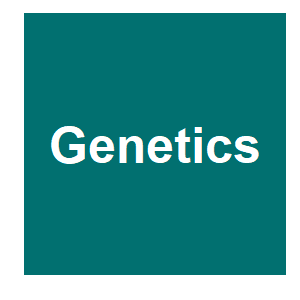Extensive Recombination Suppression and Epistatic Selection Causes Chromosome-Wide Differentiation of a Selfish Sex Chromosome in Drosophila pseudoobscura

|
Z. L. Fuller, S. A. Koury, C. J. Leonard, R. E. Young, K. Ikegami, J. Westlake, S. Richards, S. W. Schaeffer and N. Phadnis,
Genetics,
216:205.
2020.

Sex-Ratio (SR) chromosomes are selfish X-chromosomes that distort Mendelian segregation and are commonly associated with inversions. These chromosomal rearrangements suppress recombination with Standard (ST) X-chromosomes and are hypothesized to maintain multiple alleles important for distortion in a single large haplotype. Here, we conduct a multifaceted study of the multiply inverted Drosophila pseudoobscura SR chromosome to understand the evolutionary history, genetic architecture, and present-day dynamics that shape this enigmatic selfish chromosome. The D. pseudoobscura SR chromosome has three nonoverlapping inversions of the right arm of the metacentric X-chromosome: basal, medial, and terminal. We find that 23 of 29 Mb of the D. pseudoobscura X-chromosome right arm is highly differentiated between the Standard and SR arrangements, including a 6.6 Mb collinear region between the medial and terminal inversions. Although crossing-over is heavily suppressed on this chromosome arm, we discover it is not completely eliminated, with measured rates indicating recombination suppression alone cannot explain patterns of differentiation or the near-perfect association of the three SR chromosome inversions in nature. We then demonstrate the ancient basal and medial inversions of the SR chromosome contain genes sufficient to cause weak distortion. In contrast, the younger terminal inversion cannot distort by itself, but contains at least one modifier gene necessary for full manifestation of strong sex chromosome distortion. By parameterizing population genetic models for chromosome-wide linkage disequilibrium with our experimental results, we infer that strong selection acts to maintain the near-perfect association of SR chromosome inversions in present-day populations. Based on comparative genomic analyses, direct recombination experiments, segregation distortion assays, and population genetic modeling, we conclude the combined action of suppressed recombination and strong, ongoing, epistatic selection shape the D. pseudoobscura SR arrangement into a highly differentiated chromosome. More related to this: Chromosome-wide linkage disequilibrium as a consequence of meiotic drive Sex-ratio, meiotic drive, and group selectin in Drosophila pseudoobscura Scrambling eggs: Meiotic drive and the evolution of female recombination rates
|



